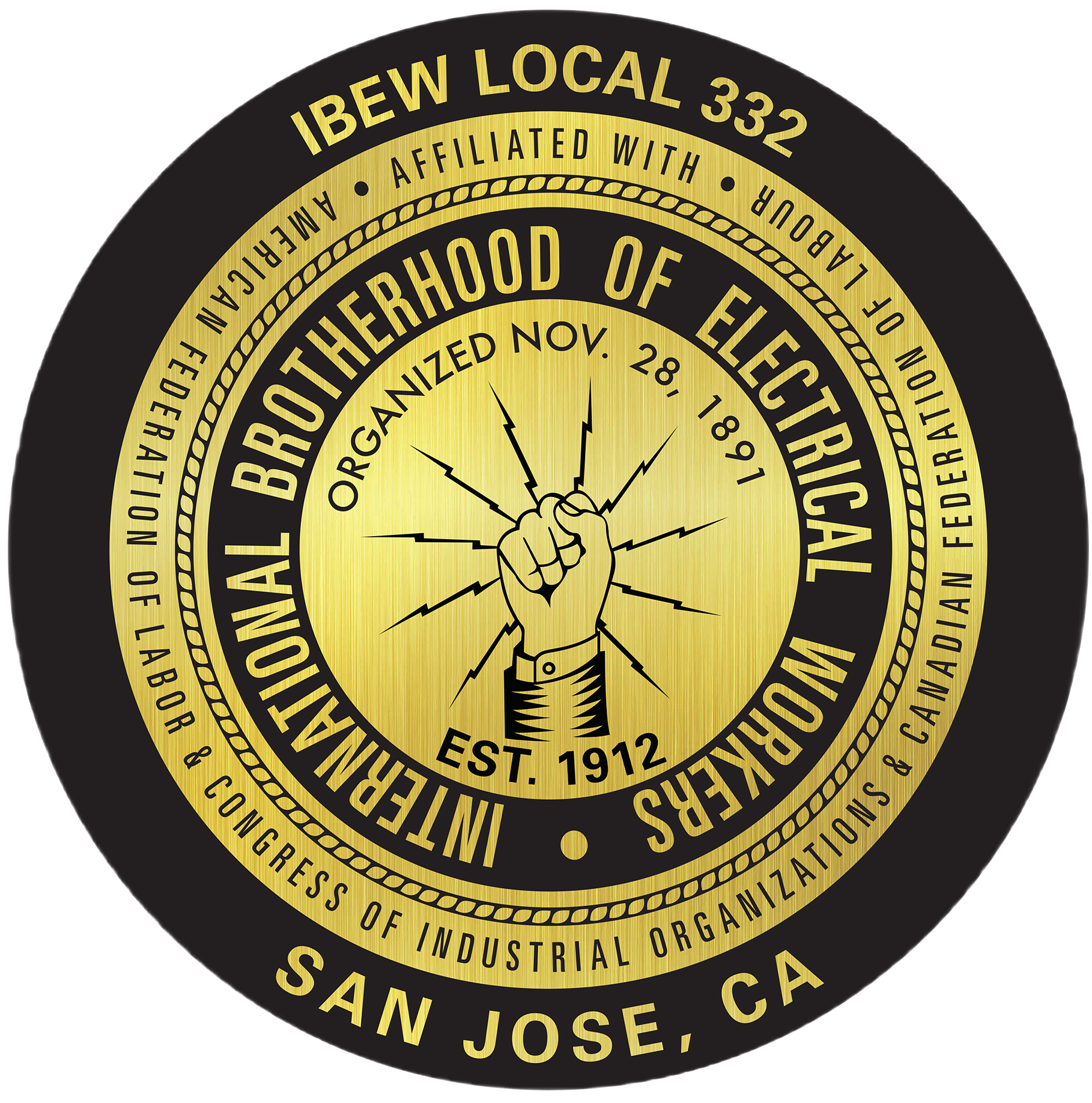PLAs
Q&A
What is a Project Labor Agreement (PLA)?
A PLA is a construction labor agreement between an owner and a regional building trades council, representing all the construction craft unions in a given geographical area on a single project. They establish uniform terms and conditions for all construction craft employees, as well as all construction contractors on a specific construction project. PLAs are particularly useful on large, complex construction projects that require a large number of skilled craft workers and that are expected to last a long period of time, and on projects that are particularly time-sensitive.
Is a PLA a trade-off of union wages for a non-strike guarantee?
Though PLAs are often touted by opponents as simply a trade-off between a construction owner and the unions of union wages for a no-strike guarantee, they are really much more than that. A PLA is a comprehensive agreement which establishes uniform standards to which all participants in the construction process must conform, such as working hours, overtime, holidays, grievance procedures, drug testing, jurisdictional dispute resolution, etc. These are areas that generally differ from craft to craft and from contractor to contractor on a typical construction project, and it is the responsibility of the owner or construction manager to coordinate the project as efficiently as possible.
Do PLAs raise the cost of construction by establishing a wage level?
The establishment of a wage level is only one part of a PLA. Many other factors are as important to the overall cost of a project, including efficiency and quality of construction. Delays create one of the largest single cost items in construction. While PLAs cannot entirely eliminate delays in construction, an ironclad no-strike, no work-stoppage agreement can eliminate any delays attributable to labor. Consider that during a large construction project, several area collective bargaining agreements could expire, and strikes could potentially stop construction. It is also no small matter when one considers the fact that most large construction projects have a mixture of union and nonunion workers, and there are potential sources of friction that can lead to picketing activity, etc., which could have a delaying effect. PLAs offer an opportunity for union and nonunion workers to work side-by-side on a project in harmony. PLAs ensure the owner that there will be no costly delays attributable to labor for the duration of the project.
Why do PLAs require hiring through union hiring halls?
Union hiring halls present the most effective and efficient method of hiring quality local workers. A construction owner has access to the best- trained, highly-skilled, and experienced construction workers. Union hiring halls also provide the construction owners with state-registered apprentices compensated at the appropriate rates for the geographical area per the Department of Industrial Relations in California. This is a very important element in compliance with state regulations on public works projects.
Do PLAs reduce the pool of qualified bidders for a project?
PLAs do not reduce the pool of qualified bidders for a project. On the contrary, independent studies by the California Research Bureau and the UCLA have indicated that this claim was roundly rejected by construction officials interviewed for the studies. These same studies confirmed that non-signatory contractors constituted 2/3 of the contractors working on the projects studied.
Does a PLA constitute a “union-shop” agreement?
A PLA is not a “union shop” agreement. Bidding is open to all contractors, and employment is open to all construction craft workers. PLAs can actually be most beneficial to nonunion construction craft workers, as they are afforded an opportunity to work on some projects on which they may not have had the opportunity without a PLA, and on the PLA project, they will be guaranteed a fair wage.
Who benefits from a PLA?
Everyone associated with the construction process benefits from a PLA. Project owners get sound project planning with predictable labor costs. Timely and successful project completion is ensured with an adequate supply of skilled craft personnel for all trades for the full term of the project. Labor peace and stability are guaranteed through mandatory grievance procedures and no-strike, no-lockout provisions. The workers on the job site benefit, especially the nonunion workers who may have the opportunity to work on the project and receive fair wages and benefits. Taxpaying citizens are also beneficiaries to PLAs, inasmuch as they will gain a public improvement project that is much more likely to be completed on time, within budget, and with quality construction.

